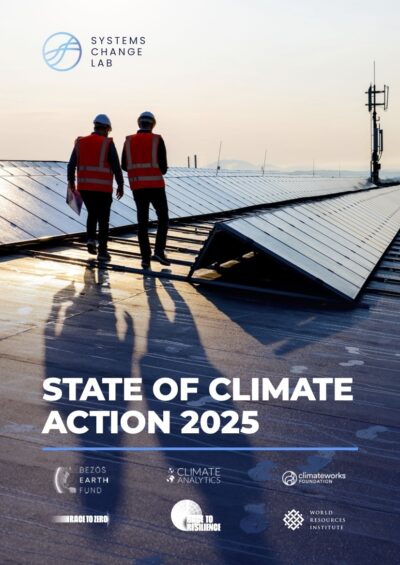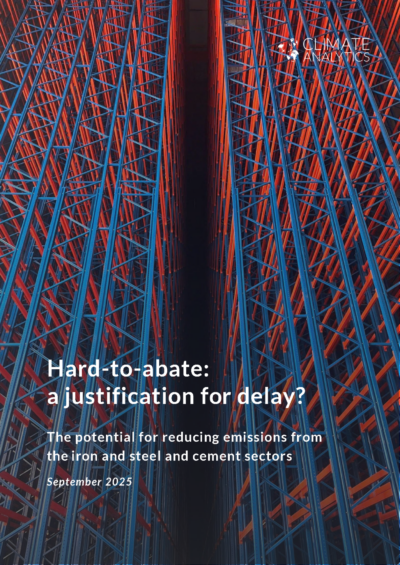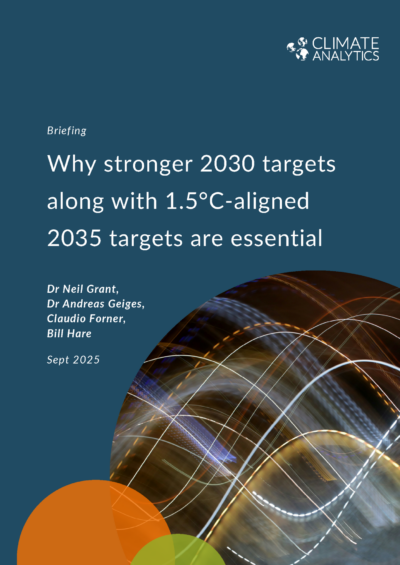Publications
Share


Peer-reviewed Papers
New study finds world’s largest fossil fuel and cement companies should shoulder a major share of the investment needed to develop carbon removal technologies.

Reports
This report card on climate action shows that global efforts fall far short of what’s needed to limit warming to 1.5°C. While most indicators are heading in the right direction, not a single one of the 45 indicators is on track for 2030.

Reports
Claims from both the iron and steel - and cement - sectors that their emissions are "hard to abate" is slowing down real progress these sectors could be making on cutting emissions. This report unpacks the reality.

Reports
This report looks at the climate and economic implications of Asia’s promotion of
carbon capture and storage (CCS) to reduce fossil fuel emissions.

Briefings
Both stronger 2030 targets and 1.5°C-aligned 2035 NDCs are needed to keep 1.5°C alive, argues this briefing. Without both, we risk overshooting the 1.5°C limit higher and longer, crossing dangerous tipping points, and losing sight of the Paris Agreement goals.
